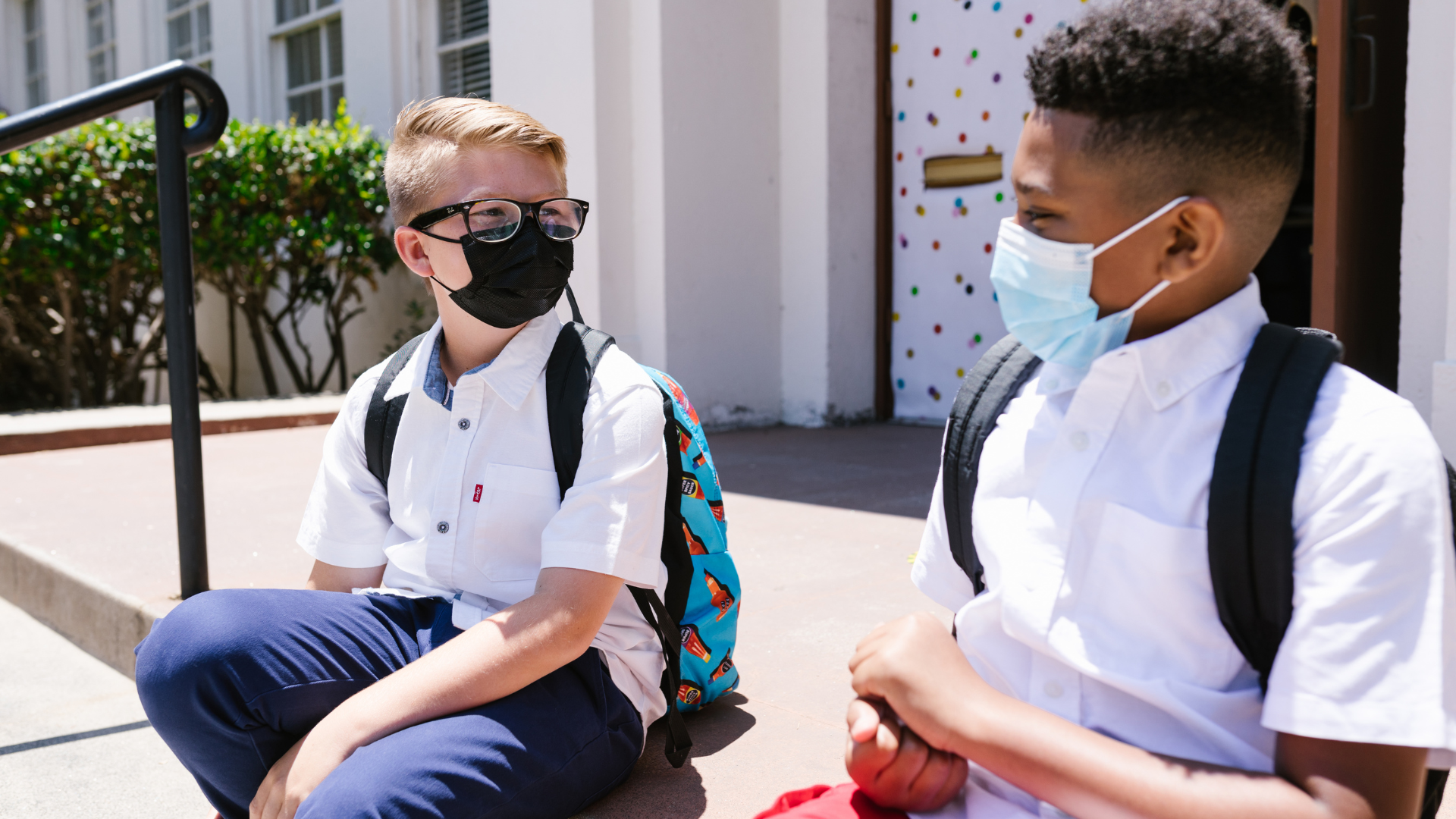Return to School During COVID-19
September 23, 2020

“With the start of a new school year, a lot needs to happen so that students can learn and thrive without raising the risk of spreading COVID-19.
The goal of having children attend school in person–which is how they learn best–will only be safe when a community has the spread of the virus under control. And then, when it is possible to reopen a school for in-person learning, a layered approach is needed to keep students, teachers and staff safe,” according to Children Health.
Learn more by visiting childrenhealth.org
Resourceful Links:
- Center for Disease Control and Prevention https://www.cdc.gov/
- National Alliance on Mental Illness https://www.nami.org
- National Institutes of Health https://www.nih.gov/coronavirus
- Child Mind website have resources for learning difficulties:Dyslexia, Dysgraphia, mathematics disorder, visual-spatial weakness, autism and speech difficulties and more visit link
https://childmind.org/coping-during-covid-19-resources-for-parents/ - American Academy of Child & Adolescent Psychiatry https://www.aacap.org/AACAP/Families_and_Youth/Resource_Libraries/covid-19/resources_helping_kids_parents_cope.aspx
- Parents https://www.parents.com/news/supports-for-parents-during-covid-19-pandemic/
- Program for Early Parent Support https://www.peps.org/ParentResources/by-topic/covid-19-resources-for-parents
- Family First https://www.families-first.org/covid-19-response/resources/
- National Dropout Prevention Center http://dropoutprevention.org/
- Video 1 The Trauma of Pandemic School Disruption, https://youtu.be/c0adDQH4Hro
- Video 2: School Disruption as a Dropout Risk Factor https://youtu.be/jeoWYeQuAWo
- Video 3: Virtual Learning in a Time of School Disruption https://youtu.be/Y29CjY7NLRA
- Family/Student Resources http://dropoutprevention.org/resources/familystudent-resources/
- National Domestic Violence
Nationwide number 1−800−799−SAFE(7233) or TTY 1−800−787−3224 or (206) 518-9361 (Video Phone Only for Deaf Callers). The Hotline provides service referrals to agencies in all 50 states, Puerto Rico, Guam and the U.S. Virgin Islands - National Coalition Against Domestic Violence, https://ncadv.org/dynamics-of-abuse. Hotline at 1-800-799-7233 (SAFE) or 1-800-787-3224 (TTY) now
- National Alliance on Mental Illness, NAMI Helpline 1-800-950-NAMI or crisis text “NAMI” to 741741
- www.mentoring.org, info@mentoring.org, 617-303-4600
- atriskyouthprograms.com
- AECF.ORG The Annie E. Casey Foundation, aecf.org, 410.547.6600
- DREAM, www.joindream.org, info@warremacademy.com, 402-315-1500
- Be A Mentor, www.beamentororg, contact@beamentor.org, 1-888-232-6368
- International Mentoring Association, info@mentoringassociation.org, 386-243-5370
- Mentor International, www.mentorinternational.org, info@mentorinternational.org, +46-8-789 11 80
- Global Mentorship Initiative, www.globalmentorship.org, info@globalmentorship.org
- National Runaway Safeline website: https://www.1800runaway.org/
Call 1-800-RUNAWAY if you are thinking of running from home - The Children’s Center, Inc. https://www.thechildrenscenterinc.org/runaway-and-homeless-youth-programs/
Hot line for help 1-844-763-8861 - Kid Central TN https://www.kidcentraltn.com/program/runaway-homeless-youth-shelter.html
Support runaway and homeless youth ages 13-17
Hotline number: (901) 577-2500, ext.1166 - Covenant House New Orleans https://www.covenanthousenola.org/
Email:chnoinfo@covenanthouse.org
Crisis Shelter: 504-584-1111
Recent Posts

August 7, 2018
3 Tiers of Intervention Reducing chronic absence fits nicely into the three-tiered reform systems being successfully implemented to reduce chronic absenteeism in schools and districts across the U.S. Tier 1 represents universal strategies to encourage good attendance for all students. Tier 2 provides early intervention for students who need more support to avoid chronic absence. Tier 3 offers intensive support for students facing the greatest challenges to getting to school. Attendance Works has created a handout (below) showing examples of interventions that schools and districts should try at each tier. A worksheet (below) allows educators to assess what steps they are taking now and what more than can do to reduce chronic absence.

August 7, 2018
3 Tiers of Intervention Reducing chronic absence fits nicely into the three-tiered reform systems being successfully implemented to reduce chronic absenteeism in schools and districts across the U.S. Tier 1 represents universal strategies to encourage good attendance for all students. Tier 2 provides early intervention for students who need more support to avoid chronic absence. Tier 3 offers intensive support for students facing the greatest challenges to getting to school. Attendance Works has created a handout (below) showing examples of interventions that schools and districts should try at each tier. A worksheet (below) allows educators to assess what steps they are taking now and what more than can do to reduce chronic absence.

